

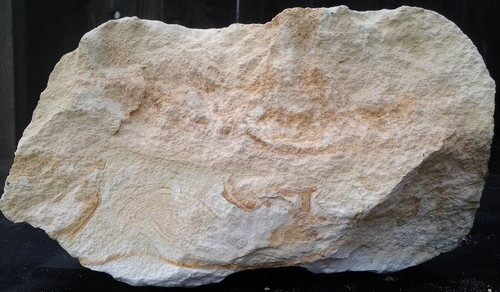
It is a volcanic mineral (clinoptilolite) naturally formed from ash and sea water, which is present in the Andean folds. Formerly, it was widely used in Asia (China, Russia, India) as a natural supplement to promote health and wellness. Currently it is also used industrially for purification of water and air, as a purifier in the food industry, agricultural fertilizer and as a mineral supplement in animal nutrition.
Its crystal structure is formed by tetrahedrons leading to a three dimensional network, in which each oxygen atom is shared between two silicon atoms (tectosilicate). These structures form cages or channels that allow the internal movement of ions and molecules, making a real zeolite molecular sieve.
In safe mode, the zeolite in aqueous solution frees the body of heavy metal toxins and pollutants from different sources . The Zeolite maintains a stable pH in the body, helps avoid the dispersion of acid ions, and it also a proven antioxidant and immunostimulant effect. It is therefore ideal for long-term use as a safe all natural and non-toxic supplement. The particularity of the zeolite is its negative charge, which attracts heavy metals (mercury, lead, cadmium, arsenic, etc.) and toxins, which usually have a positive charge. The negative charge also helps the distribution of useful minerals (calcium, sodium, magnesium, phosphorus) and acid generated hydrogen ions (hence its being considered a buffer of pH or an alkaline buffer). The chelating power of the zeolite is based on its ability to discriminate between beneficial and toxic molecules, it is easily attached to the (usually small and highly electrically charged) heavy and toxic metals and has little or no affinity for the larger useful structures, light and at low load. This explains why zeolite can chelate toxic molecules such as arsenic (diameter 1.8 Ä ) and not act on molecules useful minerals such as potassium (diameter 2.8 Ä). Once it has served its purpose (to capture harmful elements), the zeolite loaded with toxic substances leave the body quickly, leaving no trace. Being an aluminosilicate zeolite, it is clear that their aluminum molecules are surrounded by oxygen atoms, so that the body can not pass (not exchangeable aluminum) and instead can absorb toxic molecules of aluminum in the body. Zeolite is a highly stable compound, not being affected by heat or cold.
Zeolites are natural minerals that are mined in many parts of the world; most zeolites used commercially are produced synthetically. When developing applications for zeolites, it is important to remember that not all of these minerals are the same.
There are nearly 50 different types of zeolites (clinoptilolite, chabazite, phillipsite, mordenite, etc.) with varying physical and chemical properties. Crystal structure and chemical composition account for the primary differences. Particle density, cation selectivity, molecular pore size, and strength are only some of the properties that can differ depending on the zeolite in question. It is important to know the specific type of zeolite one is using in order to assure that it is appropriate for one's needs.
Read more: http://www.lenntech.pl/zeolites-structure-types.htm#ixzz2vuXHc8tR
We are not responsible for the information posted on websites of third parties.
Chabazite
Clinoptilolite
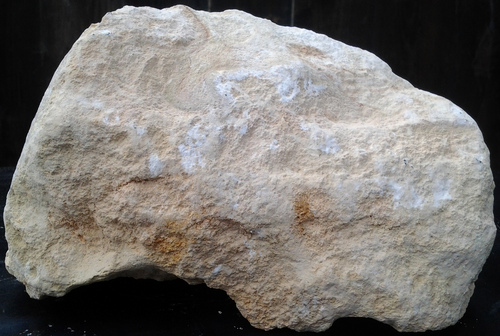
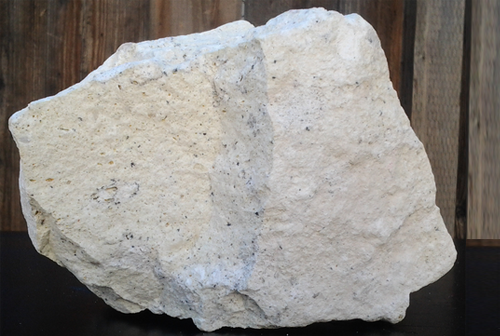
Phillipsite
Mordenite
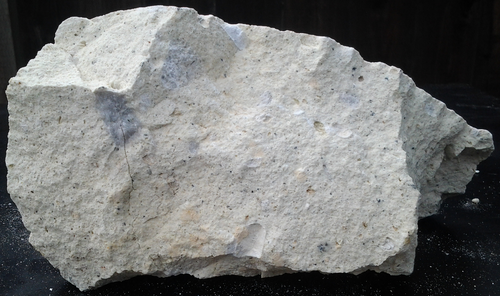
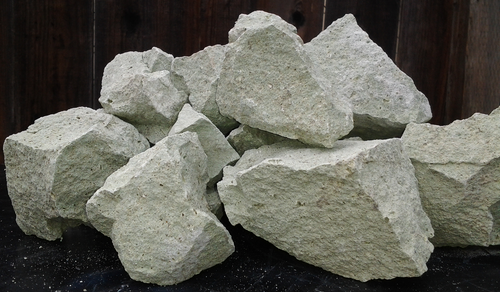

Farming with natural rocks and minerals is an ageold practice for food production since stone ages.The intensive production practices concomitant with imbalanced fertilizer management practices has led to declining quality and/or quantity of the soil resource base and climate change. To feed the growing population, soil degradation is the key issue which needs urgent attention. World soils are less fertile which is evident from Royal Commission of Agriculture (1928) reports. In this context farming with natural zeolites have assumed great significance. Vertisoils contain lot of Zeolites 77.2–81.0 mg per kg (Pal, 2003) Japanese farmers have used zeolite rock for years to control the moisture content and offensive odour of animal wastes and to increase the pH of acidic volcanic soils (Bernardi et al., 2014.)
Utilization of zeolites in agriculture is possible because of their special cation exchange properties, molecular sieving and dsorption (Glisic and Milosevic, 2008; Hecl and Toth, 2009). It is believed that because zeolites have the ability to lose and gain water reversibly, without the change of crystal structure, they could be used as fertilizers, stabilizers and chelators. As an example, a study has shown that zeolites enable both inorganic and organic fertilizers to slowly release their nutrients (Perez-Caballero et al., 2008). However, there is dearth of information on the right amount of zeolites to be used with for instance inorganic and organic fertilizers.
Clinoptilolite in agriculture improves the efficiency of used fertilizers, thus promotes better plant growth and consequently enhances the yield. For instance, Torii (1978) reported that the application of zeolite at the rate of 48 tons/acre increased apple yield by 1338%. This mineral used in the amount of 2 to 8 kg/tree, can contribute to a better new orchard establishment. Zeolites are used successfully in the cultivation of a wide variety of crops including cereals, vegetables, grapes and other fruits (Burriesci et al., 1984; Anonymous, 2004ab). Zeolites added to fertilizers help to retain nutrients and, therefore, improving the long term soil quality by enhancing its absorption ability. It concerns the most important plant nutrients such as nitrogen (N) and potassium (K), and also calcium, magnesium and microelements. Zeolite can retain these nutrients in the root zone to be used by plants when required. Consequently this leads to the more efficient use of N and K fertilizers by reducing their rates for the same yield, by prolonging their activity or finally by producing higher yields. Large losses of fertilizers which move out of the root zone (leaching) often happen in sandy soils, which lose their capability to retain high nutrient levels (Flanigen and Mumpton, 1981; Mumpton, 1981). Therefore an application of zeolites will enhance the plant growth and development by reducing the loss of nutrients (Anonymous, 2004a).
Some documents and information displayed here are from the public domain. Zeolite Healthy Life is not responsible for the content thereof.